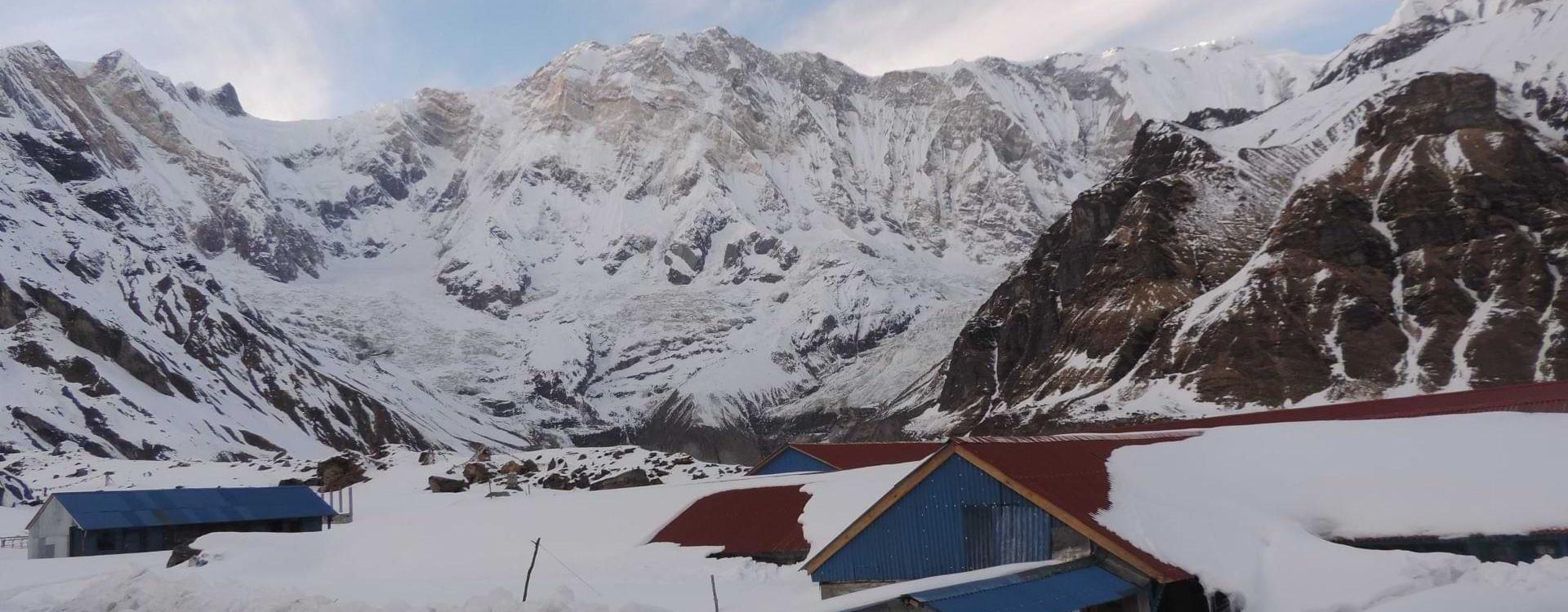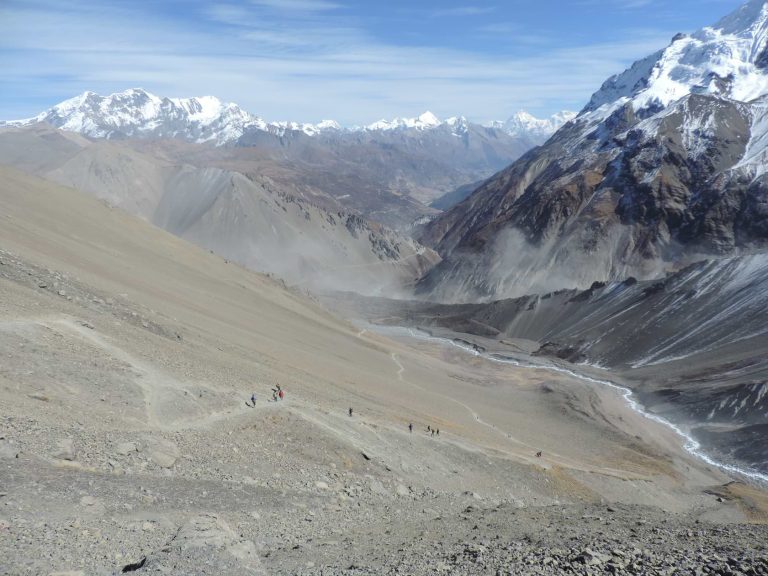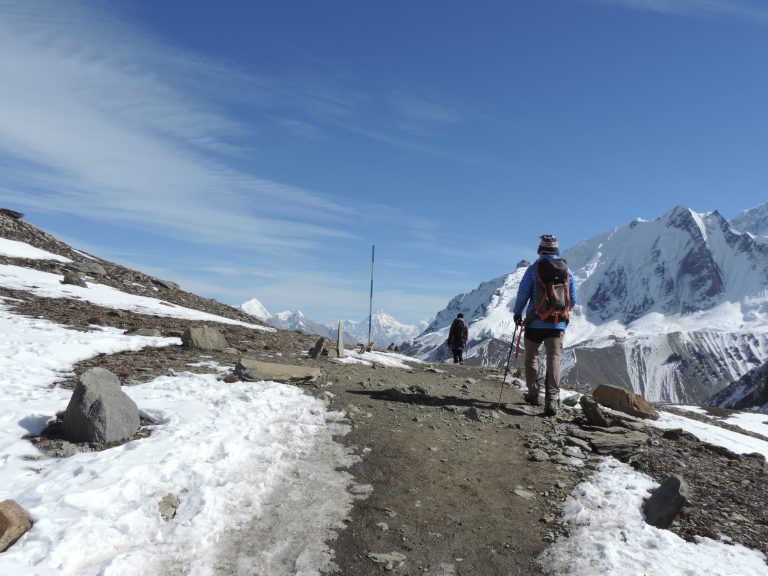
Nepal is one of the naturally blessed countries for a trek which is surrounded by mountains. Most of the higher mountains are located in Nepal, so it is known as the country of the mountain. Nepal has various landscapes, forests, and many small to big rivers. Here you can have lifetime adventures and memorable moments.
Here you can find many areas with different measurements with different difficulties. Some are small up to altitudes of around 3,500m. These are usually classic treks that are not highly demanding for anyone with a reasonable/healthy fitness level. This trek can enjoy by all age groups. Mostly up to 4,500m treks are a little more difficult than the small ones. There is some trek that goes higher and is classified as Moderate. Such as the classic Annapurna Circuit. Mostly difficult to strenuous is up to 5,500m, which are generally non-classic treks. It takes you rougher, terrains, trails, and facilities. For these treks, one needs to be fit and have solid prior experience in Mountain walking. Over 5,500m are almost exploratory in terms of the terrain and trails. These are only for the hardcore initiated.

The primary decision to make is whether you want to go a tent trek or a teahouse trek. Both treks have their own difficulties and facilities, making your journey enjoyable and memorable.
A teahouse or lodge trek means that you stay and eat at the lodge along with the trekkers. Numerous lodges cater to Western tourists. The most comfortable atmosphere can also mean real overcrowding and kitchen delays.
Every trek depends on how far away from it all you want to get. How ready you are and how many amenities you want to give up in exchange.

There are two kinds of routes Classic and Non-classic. Classic routes are extremely well-traveled whether you use them or take your own tent; there are lodges and villages all along the way here and a core local population for whom trekkers are no surprises. Non-classic routes involve going off the beaten track. On this trip, you walk through a much more remote country. The villages will not have tourist-standard accommodation or anything but the best local food. Many Non-classic routes are especially wild west looking to trek. These routes are essential for all your suppliers, tents, etc.
You will always feel the best journey with many adventures and magnificent moments with nature. Every day you can see god's unique creation, explore nature's beauty, and learn new things.
Generally, the team of World Alpine Treks carries the primary medical kit/ first aid kit. It consists of essential medicines for common problems seen while on a trek. Our medical kit has some medicines for common problems like cough and cold, headache, gentle fever, body aches, etc. However, we have observed that many trekkers like to have their own medical kit. So, we are often asked about medicines one should carry in their medical kit. Here we listed some medicines that one can have in their medical kit. We are not a doctor; we have listed these medicines just for reference purposes. It is suggested to take a recommendation from their doctor as far as viable.
A comprehensive medical kit consists of –
Instruments – Sphygmomanometer (an instrument for measuring blood pressure), Syringes (20 ml, 10 ml), Hot water bottle, Stethoscope, Thermometer, Scissors, Tongue blades, Splints, Cervical collar
General items – Pen and writing pad, Matchbox, Penlight
For Bandage and Dressings – Sterile gauge pads (large/ small), Band-aids, Triangular Bandages, Elastic Bandages (3/4/6 inches), Adhesive Tapes, Eye pads, Cotton roll (large and small), Q-tips, Safety pins
Medications for Pain – Paracetamol (500mgs tablets and 125 mgs in 5 ml syrup), Aspirin (300mgs tablets)
In case of allergy – Avil (25 mgs tablet), Benadryl Syrup, Trexyl – (60mgs tablets, 30 mgs in 5 ml syrup)
In case of infections–
For Eye – Neosporin Ophthalmic Cream
For throat and Lung – Amoxicillin (125mgs per 5 ml syrup, 250 mgs and 500 mgs tablets)
For Abdomen – Metronidazole(200mgs, 400mgs tablets) Tinidazole (500 mgs tablets)
For Open Wounds – Cloxacillin and Cephalexin (125 mgs in 5 ml, 250 mgs, and 500 mgs tablets)
For urinary infections – Narfloxacin (200 mgs, 400 mgs tablets)
Some of the Disinfectants– Betadine (Solution and cream), Miconazole Cream (for fungal infection), Silver sulphadiazine(for burn injury)